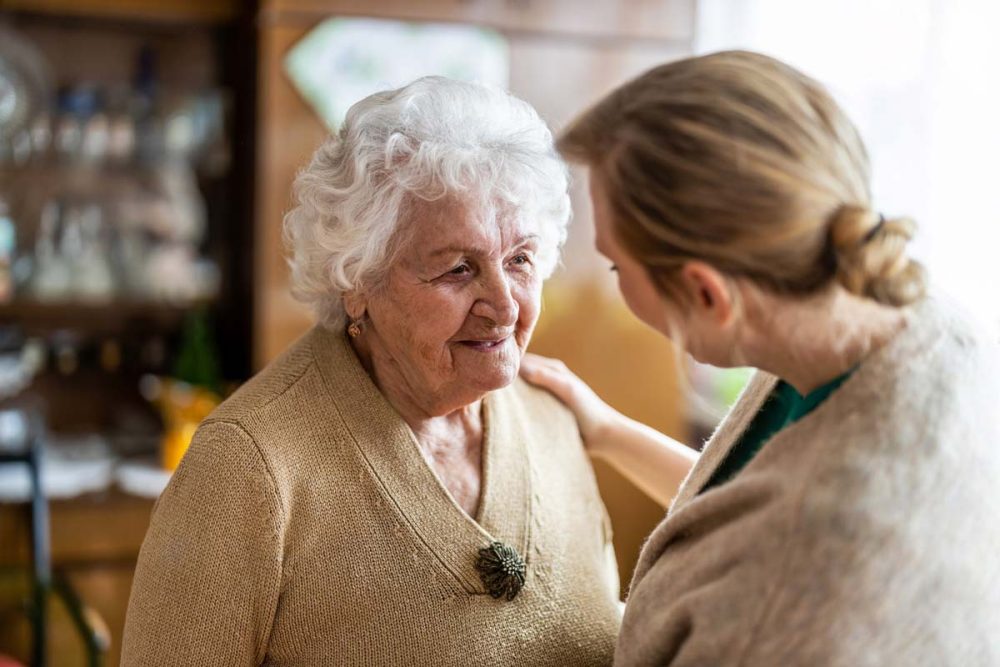Arranging Care After a Hospital Discharge
22nd April 2025

Being discharged from hospital means that when hospital treatment is complete, a patient can return home, or if necessary, move into a care home for extra support during their recovery.
This guide will offer guidance on what to expect from the hospital discharge process and how to arrange appropriate care for your loved one based on their needs to ensure a smooth and dignified transition.
The Hospital Discharge Process
A discharge assessment will determine whether your loved one needs more care after leaving hospital and a care plan will be put in place. A minimal care plan means they need little or no care, whilst a complex care plan means more specialised care is necessary.
Healthcare professionals, like the discharge coordinator, rehabilitation support worker, physiotherapist or occupational therapist, will be responsible for deciding when your loved one can be discharged from hospital and whether they can return home or if they need to be moved into a care home.
Should your loved one need long-term care, your local council will assess their needs and help put a plan in place to move into a care home.
The Transition from Hospital to Care Home
Once you know more about your loved one’s needs, you will be given a selection of suitable care homes to choose from, liaising with the council, the hospital, your family and other carers to select the best option. When you have selected the care home, make sure they receive your loved one’s medication needs and other medical records.
When leaving hospital, the discharge coordinator will be responsible for ensuring safe and suitable transport is in place for your loved one, whether that be via family or hospital transport, like the free patient transport service.
Once your loved one has moved into the care home, continue communicating with the carers to ensure your loved one is settling in well and to monitor their progress.
Types of Care Home
There are different types of care home for your loved one to move into depending on the type of care they need:
Residential Care Home
Specifically designed for individuals that require support with daily tasks, like bathing, dressing and eating, residential care homes offer accommodation and assistance with personal care, meals and recreational activities, and the chance to interact with other residents. This allows your loved one to maintain their independence but receive support with daily tasks.
Nursing Care Home
A nursing care home offers similar care to a residential one, but it provides a higher level of medical care and assistance for more complex health needs. In the UK, nursing care homes are staffed by trained medical professionals, like registered nurses, because residents require assistance with medication, wound care or other treatments.
There are other care home options, like a dementia care home and respite service, so you have options available to suit your loved one and arrange the correct care for them with confidence.
Choosing The Bill House
At The Bill House, we are more than a care home. We offer round the clock care for your loved one and our facilities provide social spaces, like the Dementia Garden, hospitality and food and a hair salon for our residents.
To learn more about what we offer at The Bill House, contact us here.






